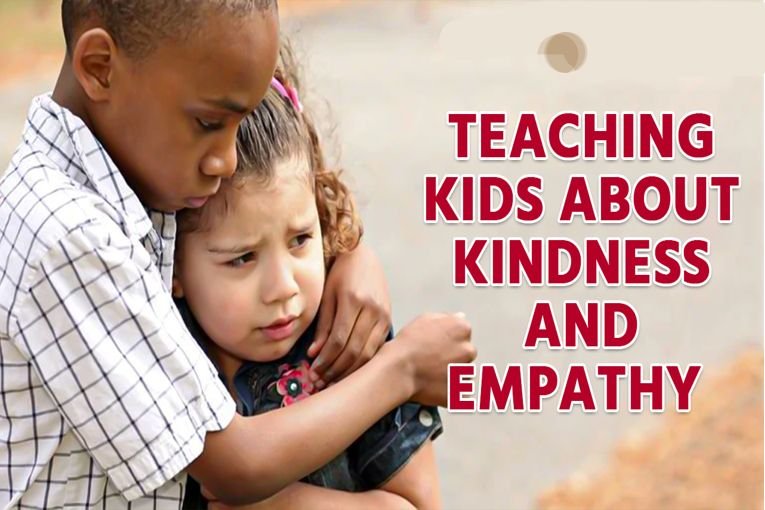Introduction
Teaching kids empathy and kindness is crucial in fostering positive social interactions and emotional intelligence. Empathy is the ability to understand and share the feelings of others, while kindness involves showing compassion and consideration towards others. By instilling these values in children from a young age, we can help them develop into empathetic and caring individuals who contribute positively to society.
Lead By Example
Children learn by observing the behavior of the adults around them. As a parent or caregiver, it is essential to model empathetic and kind behavior in your interactions with others. Show empathy towards your child when they are upset or frustrated, and demonstrate kindness in your interactions with family members, friends, and strangers. Children are more likely to emulate behaviors that they see displayed by the significant adults in their lives.
Encourage Perspective-Taking
Help children develop empathy by encouraging them to see things from another person’s point of view. When conflicts arise between siblings or friends, guide them to consider how the other person might be feeling. Ask questions like, “How do you think your friend felt when you took their toy?” By prompting children to consider the emotions and perspectives of others, they can develop a greater sense of empathy.
Teach Emotional Literacy
Emotional literacy is the ability to recognize, understand, and express emotions effectively. Help children identify and label their own emotions, as well as the emotions of others. Use books, movies, or real-life situations to discuss different feelings and how they can impact people’s behaviors. By developing emotional awareness, children can better empathize with others and respond with kindness.
Practice Kindness Acts
Encourage children to perform acts of kindness towards others. This could involve simple gestures like sharing toys with a sibling, helping a classmate with their schoolwork, or complimenting a friend. Engaging in acts of kindness not only benefits others but also reinforces the value of empathy and compassion in children. Consider creating a kindness jar where children can write down kind deeds they have done or experienced.
Encourage Empathy in Conflict Resolution
Conflict is a natural part of social interactions, but it is essential to teach children how to resolve conflicts empathetically. Teach them to listen actively to the other person’s perspective, express their feelings calmly, and work together to find a solution that considers everyone’s needs. By resolving conflicts with empathy and kindness, children learn valuable skills for navigating relationships in the future.
Exposure to Diverse Perspectives
Expose children to diverse cultures, experiences, and perspectives to broaden their understanding of the world. Encourage them to learn about different traditions, beliefs, and customs, and discuss how these differences contribute to the richness of our society. By fostering an appreciation for diversity, children can develop empathy towards individuals from various backgrounds.
Encourage Empathy Through Play
Play is a powerful tool for teaching empathy and kindness. Encourage children to engage in role-playing games where they can take on different perspectives and practice understanding others’ emotions. Provide them with toys and games that promote cooperation, sharing, and empathy. By incorporating empathy-building activities into playtime, children can develop these essential skills in a fun and engaging way.
Provide Positive Reinforcement
Acknowledge and praise acts of empathy and kindness demonstrated by children. Positive reinforcement encourages children to continue displaying compassionate behavior towards others. Celebrate their efforts to show empathy, whether it is comforting a friend in need or standing up for someone who is being mistreated. By highlighting and reinforcing these behaviors, you help solidify the importance of empathy and kindness in their minds.
Conclusion


